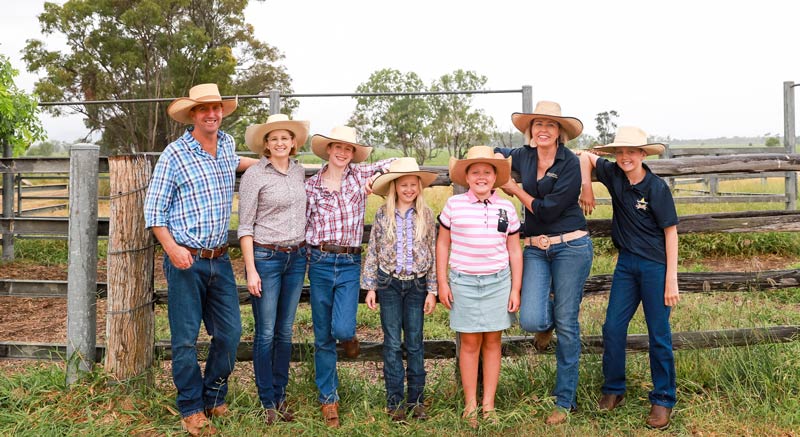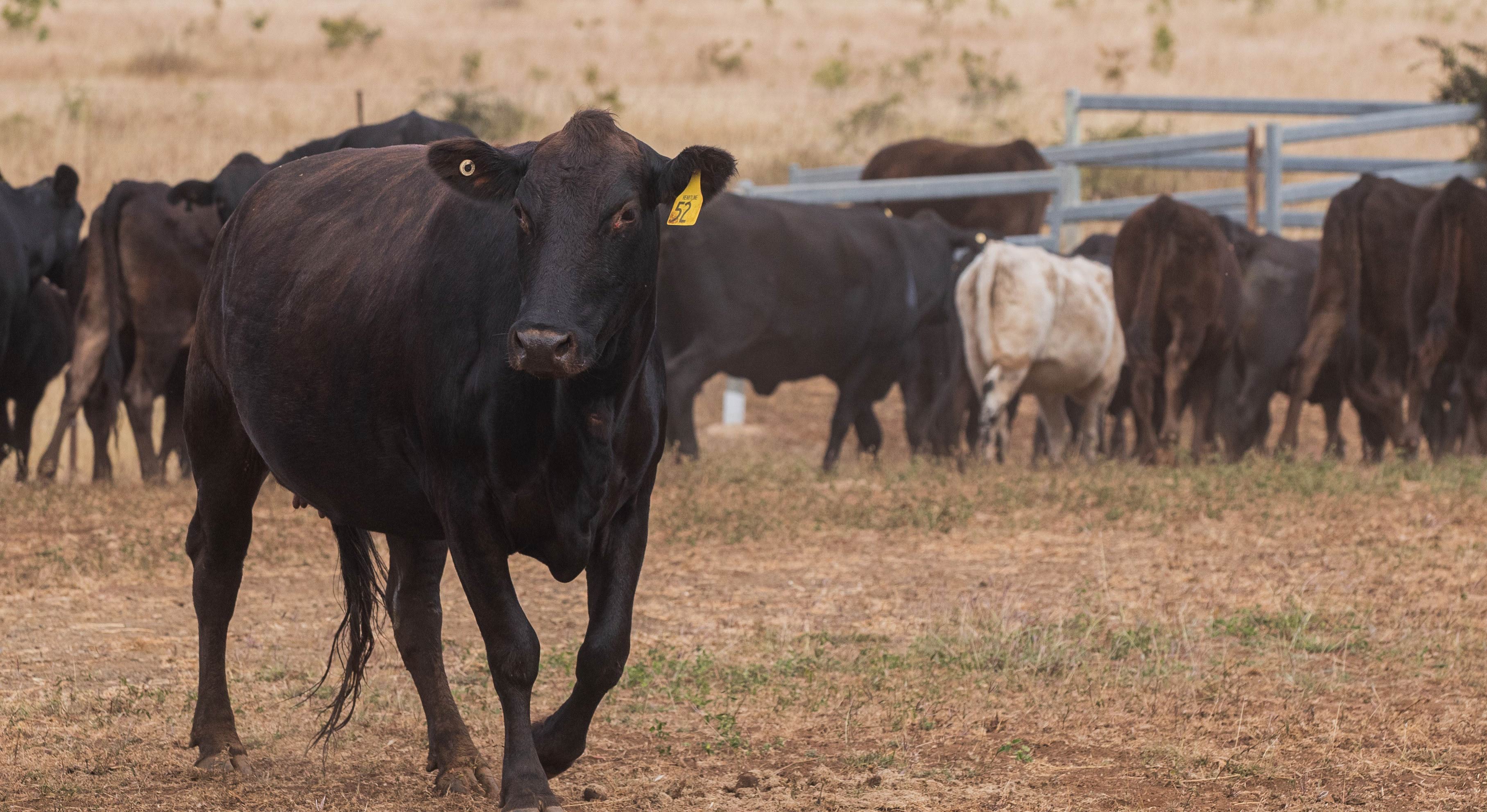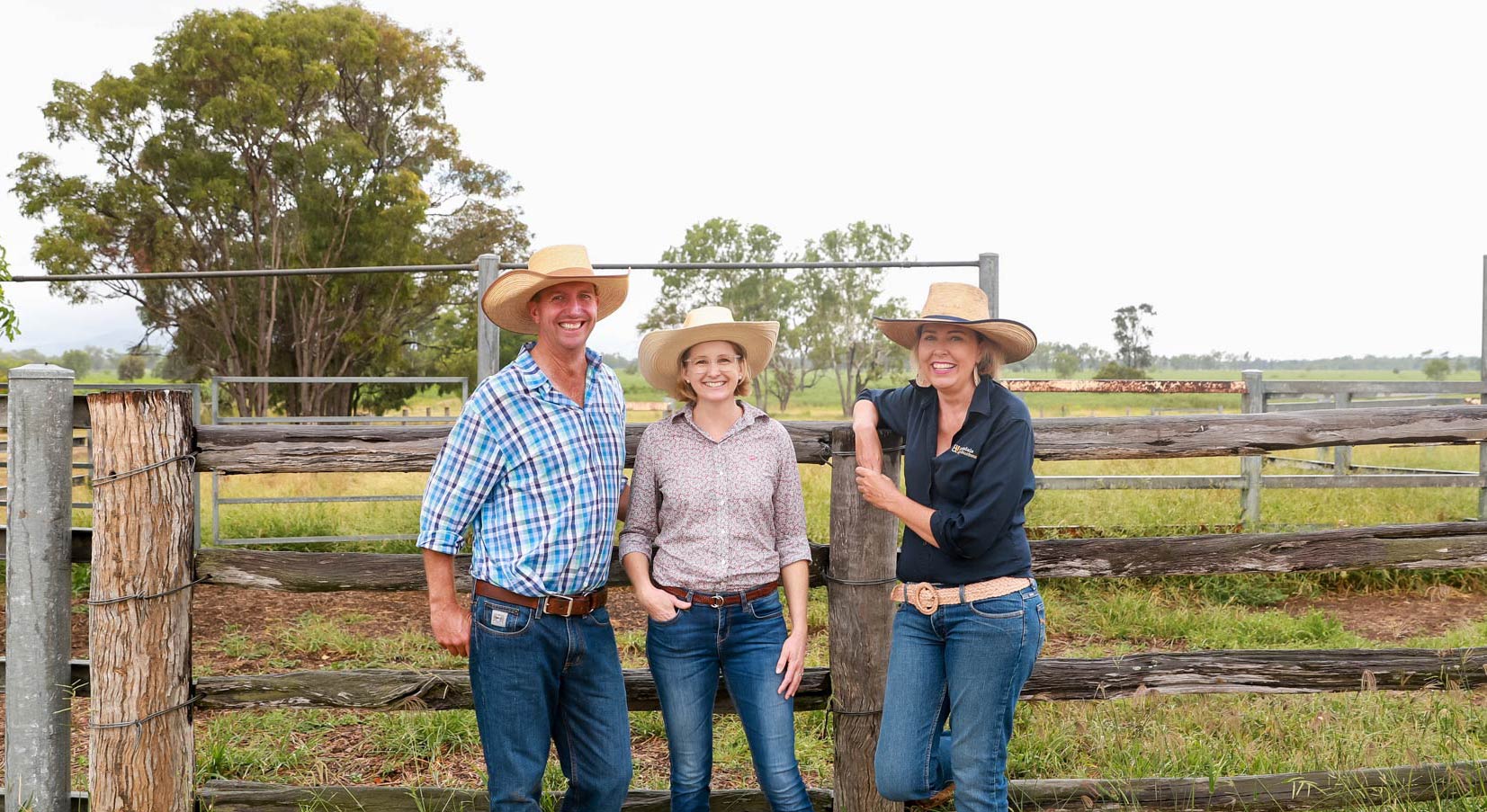NLIS the key to proving and improving your herd’s worth
01 February 2022
-Min Read
NLIS accounts are free to own and operate and all sheep, cattle and goat producers can have a NLIS account. It is the producer’s responsibility to ensure all livestock transfers onto their property identification code (PIC) have been completed correctly in this account. It is also recommended that producers check all other livestock records in their NLIS account are correct.
To learn how to open and operate an NLIS account, access ISC’s new how-to guide to setting up and managing an NLIS account. More information on why you need an NLIS account is also available on the ISC website.


